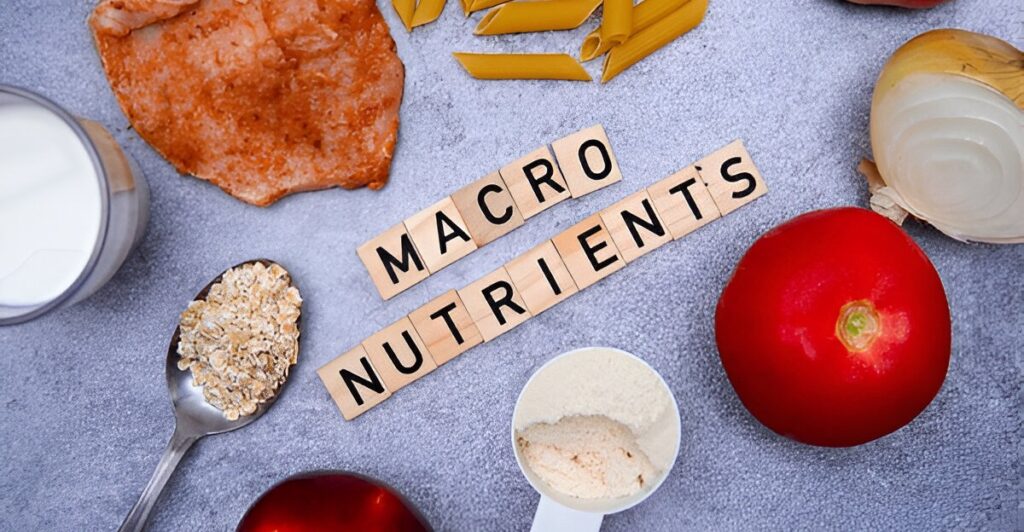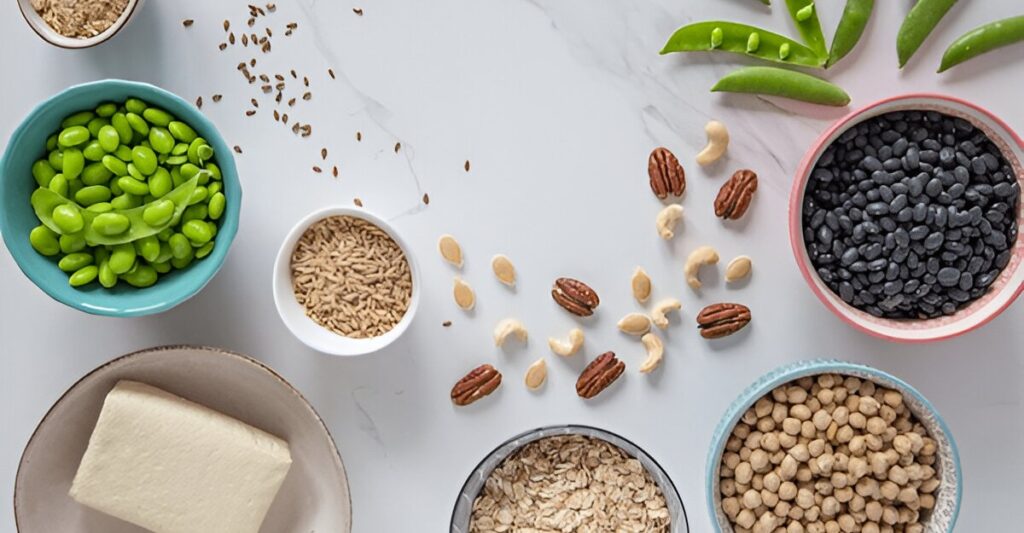Chronic inflammation is linked to numerous health issues, from joint pain to heart disease, but the good news is that your diet can play a powerful role in fighting it. Anti inflammatory foods, packed with antioxidants, healthy fats, and essential nutrients, can help reduce inflammation and promote overall wellness. This guide dives into the best anti inflammatory foods, their benefits, and practical ways to incorporate them into your daily meals, all while keeping your taste buds happy.
Why Anti Inflammatory Foods Matter
Inflammation is your body’s natural response to injury or infection, but when it becomes chronic, it can lead to serious health problems like arthritis, diabetes, and even cancer. Anti inflammatory foods work by neutralizing free radicals, reducing oxidative stress, and supporting your body’s natural healing processes. By making these foods a regular part of your diet, you can:
- Ease Joint Pain: Reduce stiffness and discomfort caused by inflammation.
- Boost Heart Health: Lower the risk of cardiovascular issues with heart-healthy nutrients.
- Improve Gut Health: Support a balanced microbiome, which plays a role in inflammation.
- Enhance Energy Levels: Feel more vibrant by fueling your body with nutrient-dense foods.
Incorporating anti inflammatory foods into your meals is a simple yet effective way to take control of your health naturally.
Top Anti Inflammatory Foods to Include in Your Diet
Not all foods are created equal when it comes to fighting inflammation. Below are some of the best anti inflammatory foods, backed by science, that you can easily add to your grocery list.
1. Fatty Fish
Salmon, mackerel, sardines, and tuna are rich in omega-3 fatty acids, which are known for their potent anti inflammatory properties. Omega-3s help reduce the production of inflammatory molecules in the body. Aim for two servings of fatty fish per week to reap the benefits.
2. Berries
Blueberries, strawberries, and raspberries are loaded with antioxidants called anthocyanins, which combat inflammation and protect cells from damage. Add a handful to your breakfast or smoothies for a delicious anti inflammatory boost.
3. Leafy Greens
Spinach, kale, and Swiss chard are packed with vitamins A, C, and K, as well as antioxidants that fight inflammation. These greens are versatile and can be tossed into salads, stir-fries, or smoothies.
4. Nuts and Seeds
Almonds, walnuts, chia seeds, and flaxseeds are excellent sources of healthy fats and fiber, both of which help reduce inflammation. Sprinkle them over yogurt or blend them into your morning smoothie for a nutrient-packed crunch.
5. Turmeric
This vibrant spice contains curcumin, a compound with powerful anti inflammatory and antioxidant effects. Pair turmeric with black pepper to enhance absorption, and use it in curries, soups, or golden milk lattes.
6. Olive Oil
Extra virgin olive oil is a staple of the Mediterranean diet and contains oleocanthal, a compound with anti inflammatory properties similar to ibuprofen. Use it as a salad dressing or for low-heat cooking to maximize its benefits.
7. Avocados
Avocados are rich in monounsaturated fats, fiber, and antioxidants, making them a fantastic anti inflammatory food. Spread avocado on toast or add it to salads for a creamy, nutrient-dense addition.
How to Incorporate Anti Inflammatory Foods into Your Diet
Adding anti inflammatory foods to your meals doesn’t have to be complicated. Here are practical tips to make it effortless:
- Start with Breakfast: Blend a smoothie with spinach, berries, flaxseeds, and almond milk for a quick anti inflammatory start to your day.
- Swap Out Processed Snacks: Replace chips or cookies with a handful of walnuts or sliced veggies dipped in olive oil-based hummus.
- Experiment with Spices: Add turmeric, ginger, or garlic to your dishes for flavor and anti inflammatory benefits.
- Plan Balanced Meals: Aim for a plate that’s half vegetables, a quarter lean protein (like salmon or chicken), and a quarter whole grains (like quinoa).
- Batch Prep: Prepare anti inflammatory meals in advance, such as a quinoa salad with avocado, kale, and grilled salmon, to stay consistent.
Delicious Anti Inflammatory Recipes
Here are three easy, flavorful recipes featuring anti inflammatory foods to inspire your meal planning.
1. Turmeric Salmon Bowl
Ingredients (Serves 2):
- 2 salmon fillets (4 oz each)
- 1 tsp turmeric powder
- 1 tbsp olive oil
- 2 cups baby spinach
- 1 cup cooked quinoa
- ½ avocado, sliced
- Lemon juice, salt, and pepper to taste
Instructions:
- Rub salmon with turmeric, salt, and pepper.
- Heat olive oil in a skillet over medium heat and cook salmon for 3-4 minutes per side.
- Divide spinach, quinoa, and avocado between two bowls. Top with salmon and a squeeze of lemon juice.
Benefits: Packed with omega-3s, antioxidants, and healthy fats.
2. Berry Chia Pudding
Ingredients (Serves 4):
- ¼ cup chia seeds
- 1 cup unsweetened almond milk
- 1 cup mixed berries
- 1 tsp vanilla extract
- 1 tbsp maple syrup (optional)
Instructions:
- Mix chia seeds, almond milk, vanilla, and maple syrup in a bowl.
- Refrigerate for at least 4 hours or overnight, stirring once after 30 minutes.
- Top with berries before serving.
Benefits: High in antioxidants and fiber for gut health.
3. Kale and Walnut Salad
Ingredients (Serves 2):
- 4 cups chopped kale
- ¼ cup walnuts, chopped
- 2 tbsp extra virgin olive oil
- 1 tbsp balsamic vinegar
- ½ cup pomegranate seeds
- Salt and pepper to taste
Instructions:
- Massage kale with olive oil and a pinch of salt for 1-2 minutes to soften.
- Toss with walnuts, pomegranate seeds, balsamic vinegar, and pepper.
- Serve immediately or store for up to two days.
Benefits: Combines anti inflammatory greens, nuts, and antioxidants.
Common Mistakes to Avoid
When transitioning to an anti inflammatory diet, watch out for these pitfalls:
- Overloading on Processed Foods: Even “healthy” processed foods can contain inflammatory additives like sugar or trans fats.
- Ignoring Portion Sizes: While anti inflammatory foods are healthy, eating too much can lead to weight gain, which promotes inflammation.
- Skipping Variety: Relying on the same foods daily may limit your nutrient intake. Rotate your choices for maximum benefits.
Foods to Limit for Better Results
To complement anti inflammatory foods, reduce your intake of these inflammation-promoting foods:
- Sugary Drinks and Snacks: Soda, candy, and pastries spike blood sugar and inflammation.
- Processed Meats: Bacon, sausages, and deli meats contain inflammatory compounds.
- Refined Carbs: White bread, pasta, and rice lack nutrients and can increase inflammation.
- Excess Alcohol: Moderate drinking is fine, but heavy consumption can trigger inflammation.
Conclusion
Anti inflammatory foods are a delicious and natural way to combat chronic inflammation and improve your health. By prioritizing nutrient-rich options like fatty fish, berries, leafy greens, and turmeric, you can create meals that nourish your body and taste amazing. Start small by adding one or two of these foods to your diet, and experiment with new recipes to keep things exciting. Ready to feel your best? Stock your kitchen with anti inflammatory foods and take the first step toward a healthier you today!


